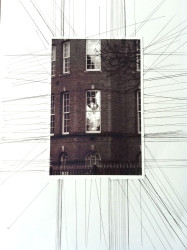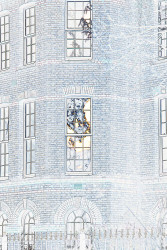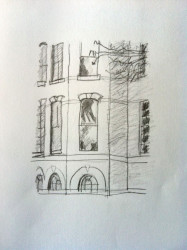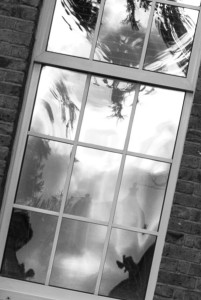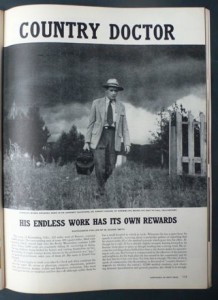Title: Project 1 Autobiographical Self Portraiture
Exercise: Reflect on the pieces of work discussed in this project and do some further research of your own.
Reflections:
The moment when a man comes to paint himself – he may do it only two or three times in a lifetime, perhaps never – has in the nature of things a special significance. Lawrence Gowing, 1962
It seems the reasons for creating self-portraits are many and varied, but most have in common a desire to share the human condition. Self-portraits can explore politics, issues of representation, personal trauma, or celebration. Sometimes the images make me uncomfortable, I feel voyeuristic; the act of looking at people I don’t know who seem to be sharing their deepest vulnerabilities sits uneasily. This may in part be influenced by the fact that I am deeply uncomfortable about being on the other side of the viewfinder. Sometimes I connect in a way I could not have imagined, the image speaks to me of myself as much as of someone else.
Narcissism: self-admiration; sensual gratification found in one’s own body, whether as a normal stage of development or a pathological condition. The Chambers Dictionary, 9th Ed.
In the research I have done on various photographers’ self-portraits I don’t think they are narcissistic in the pathological sense (although that may be hard to say without having met them in person), yes they may be regarded as self-absorbed in that they are exploring something of personal importance to the photographer or artist. In many cases their self-absorption is giving the viewer something to reflect on or learn from. One set of images was particularly arresting and Laura Hospes is very articulate about her motives.
At first, I made this complete series for myself, to deal with the difficulties and express my feelings, … After that, I want to inspire people who are or have been in a psychiatric hospital. I want them to see my pictures and recognize themselves in it. I hope they feel taken seriously, less crazy and less alone. Hospes
I find Hospes images incredibly arresting and troubling. I wonder how a young woman finds herself in such circumstances, and then has the capacity to record her experience. It reminds me of the stories I read when doing assignment one on Brookwood Asylum and contemporary attitudes to issues of mental health. From Hospes’ willingness to share her personal story I am connected to a world of wider stories. I am grateful to her for putting the images in the public domain – I am not sure it is something I could ever do.
In their summer exhibition Turner Contemporary posed an interesting question about self-portraiture, noting in particular the growth of the ‘selfy’ phenonmenon.
In a world where ‘selfies’ have become everyday expressions and ‘Britishness’ is being redefined, what is the role of self-portraiture and how has it shifted through the history of art to the present day? Turner Contemporary: Self, image and identity
Sadly, I didn’t get to see the exhibition but the range of works from Van Dyck to Yinka Shonibare suggests a dynamic genre that shows no sign of abating. The review headline in the Guardian speaks of ‘bagginess’ rather than dynamism and its title suggests a perhaps stark view of the point of self-portraiture but by the end of the piece I think the potential power in the works is acknowledged.
Me me meme: artists’ selfies paint the full spectrum of self-obsession




